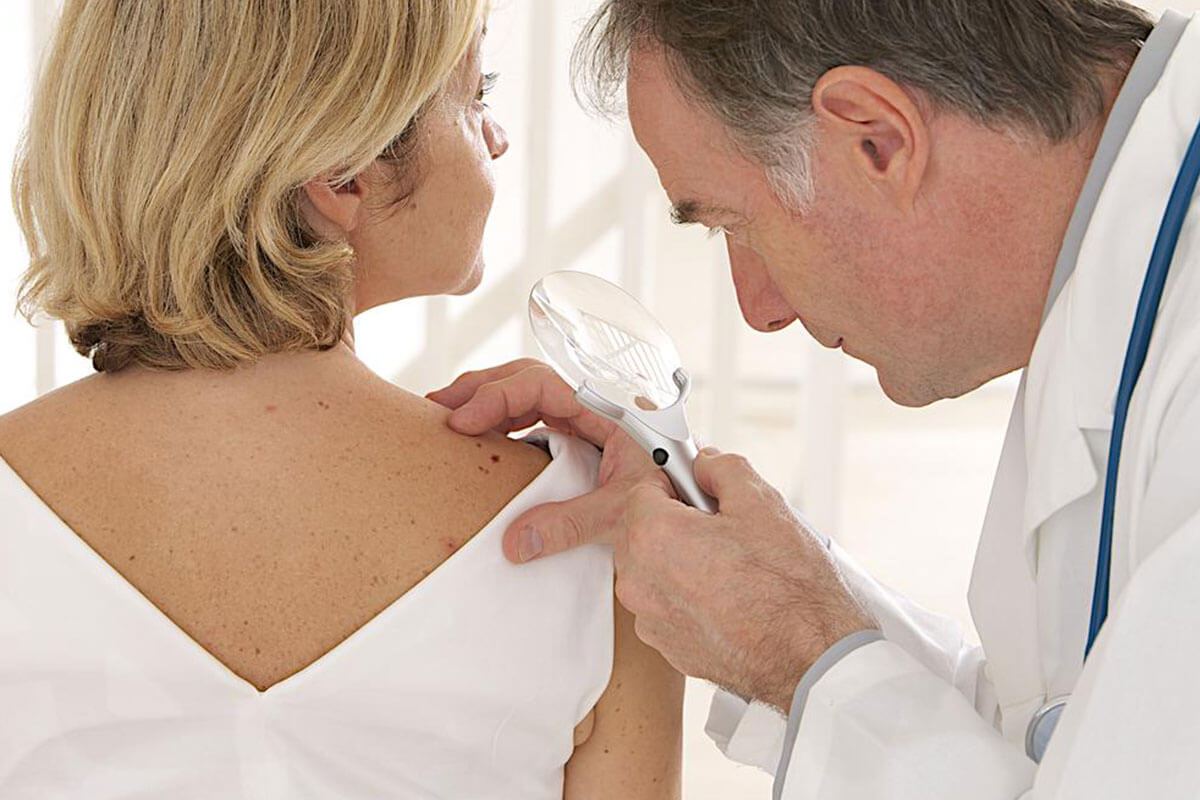Warning! Causes of Psoriasis Breakouts that You Need to Avoid

Psoriasis sufferers know how frustrating the condition can get. But did you know that staying away from these causes of psoriasis breakouts can reduce and even prevent your symptoms?
Psoriasis is an abnormality of the skin, and this recurring autoimmune disorder presents itself in your body as thick, scaly, and itchy patches of skin. The symptoms of psoriasis include red, itchy patches of thickened skin covered in silvery scales; dry and cracked skin prone to bleeding; tiny scaling spots; nails that are thickened or ridges; and stiff, inflamed joints. The patches of psoriasis on your skin can range from just a few ones to major outbreaks that spread across a large area.
Psoriasis is not a curable condition. It is a long-lasting disorder that can get quite frustrating for patients, particularly those who have frequent and major eruptions. At times, these flare-ups can even be painful. While there are medications and treatments available to provide relief to your skin, preventing the occurrence of psoriasis breakouts can be a more effective way of reducing your discomfort. For this, you need to be aware of what causes psoriasis breakouts. These triggers are not universal, but knowing the specific causes of psoriasis breakouts for you can help you stay away from such triggers and prevent painful psoriasis flare-ups. Watch out for these causes of psoriasis breakouts.
Stress
Studies suggest that stress can worsen your psoriasis symptoms, as it acts as one of the major causes of psoriasis breakouts. Since your symptoms may also lead to you getting stressed, it may seem like an endless cycle. However, you can work towards reducing stress in your everyday life by making yoga, meditation, and deep breathing exercises a part of your daily routine. Also remember to focus on the positive, talk to friends, and have a healthy lifestyle—all of which can contribute to reducing stress.
Skin Injuries
A bruise, scrape, minor burn, or even an insect bite– all of these are skin injuries that become causes of psoriasis breakouts for many people. This is known as the Koebner phenomenon, and patients of psoriasis may notice new lesions appearing in the area where they have a skin injury. To avoid psoriasis outbreaks owing to bug bites or skin injuries, taking some extra precaution can go a long way. Wear gloves and clothes that cover you well while you are working in the garden, avoid insect bites and too much sun exposure, and be careful while shaving or trimming your nails.
Infections
For people who have psoriasis, common infections can act as causes of psoriasis breakouts and worsen the symptoms. Infections that trigger such flare-ups include strep throat, thrush, respiratory infections, and yeast infections. So if you are coming down with the flu or any such infection, seek medical help at the earliest as treating the infection can help prevent your psoriasis outbreak.
Certain Medications
In several cases, it has been found that those suffering from psoriasis experience their symptoms worsening after ingesting certain medications for other health conditions. Some of the drugs that work as causes of psoriasis breakouts include lithium (used in the treatment of psychiatric disorders), and antimalarial drugs such as chloroquine, quinacrine, and hydroxychloroquine. In addition, propranolol (for high blood pressure), indomethacin (anti-inflammatory medication), and quinidine (used for heart diseases) are some more medicines that can cause psoriasis breakouts. If you have to undergo treatment for some other health condition, let your doctor know about your psoriasis symptoms so that the appropriate medicines can be prescribed.
Extremes in Temperature
Many people complain that any extreme weather condition often causes psoriasis breakouts. The cold and dry weather may worsen psoriasis symptoms for some patients, while others may find that heat has an effect on their condition. Keeping your skin moist at all times (remember to use products that are designed for sensitive skin) and avoiding extremes in the weather can help keep your psoriasis flare-ups under control.
Consumption of Alcohol and Smoking
It is well known that alcohol and smoking do no good to your health, but what you may be ignoring is that these may be some of the causes of psoriasis breakouts for you. Studies have found that consuming alcoholic beverages is associated with the worsening of psoriasis symptoms. Also, if you are a smoker and have psoriasis, it may be high time to kick the habit as research has shown a direct link between smoking and psoriasis flare-ups.


